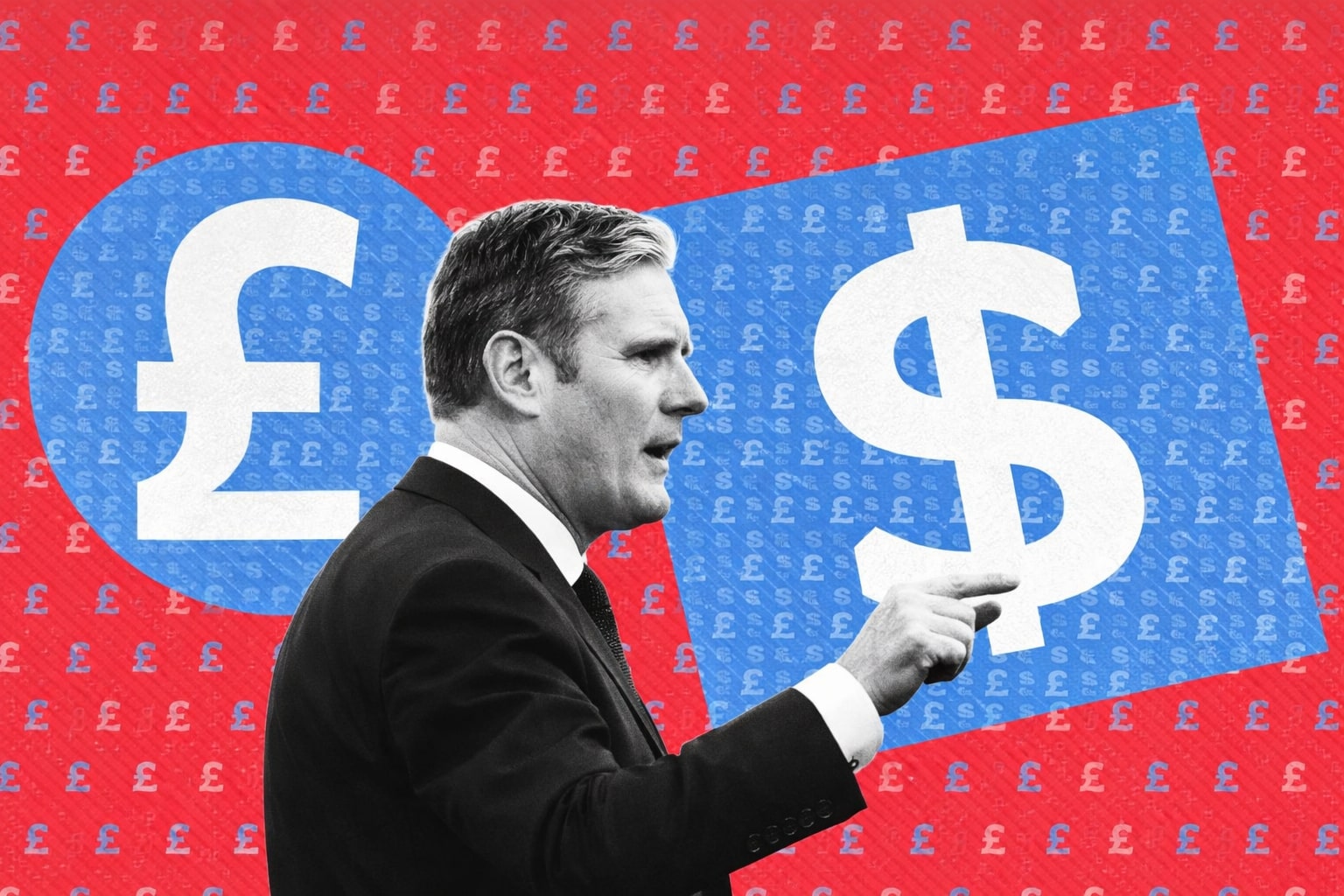
Economic Indicators and Central Bank Policies on Gold Market Trends
Exploring the Interplay Between U.S. Inflation, Federal Reserve Decisions, and Global Economic Factors in Shaping Gold Prices | That's TradingNEWS
Gold Market Dynamics Amid Economic Indicators and Central Bank Policies
U.S. Inflation and Federal Reserve Policy Implications
The gold market, particularly Spot Gold and February Comex gold, is currently under keen observation in light of the U.S. economic landscape. As of 06:26 GMT, Spot Gold traded at 1987.75, evidencing a modest uptick. This market movement is closely linked to anticipations surrounding the Federal Reserve's policy meeting and the U.S. consumer price index (CPI) report. A key focal point is the expected flat month-over-month CPI, paired with a 3% year-over-year increase, suggesting a potential easing in inflation rates. The Federal Reserve's likely stance to maintain rates between 5.25% to 5.50%, with a shift in market expectations leaning towards a possible rate cut in May, is critical in shaping gold's price trajectory.
Market Responses and Economic Indicators
Recent U.S. economic data, including the drop in unemployment and signs of cooling inflation per the University of Michigan’s consumer data, are fostering a sentiment of cautious optimism in the market, hinting at a potential 'soft landing' scenario. However, the dollar's steadying in response to positive jobs data and the recalibration of expectations for a Federal Reserve rate cut from March to May are pivotal factors influencing gold prices.
Central Bank Decisions and Their Impact on Gold
This week's slate of central bank meetings, including the European Central Bank and the Bank of England, is set to have significant repercussions on the gold market. While the Federal Reserve’s rate decision is the most anticipated, its potential conservative stance compared to the dovish market expectations might lead to cautious trading in gold.
Global Policy Decisions and Gold Trends
The path of gold prices is intricately linked to international monetary policies and key U.S. economic indicators, notably the Consumer Price Index (CPI) and the Federal Reserve’s policy decisions. The expected stability or decrease in interest rates is poised to significantly influence gold’s short-term price movements. The recent subdued price activity in gold underscores the critical need for bullion traders to have a clear understanding of the Federal Reserve’s policy direction to establish solid market support.
Technical Analysis and Price Movements
Gold (XAU/USD) exhibits a mildly bullish sentiment, as evidenced by its current price slightly surpassing both the 200-day and 50-day moving averages. This trend points to a generally positive outlook over these time frames. The asset’s position just above the minor support level of 1987.00 offers an indication of short-term stability, while its placement beneath the main resistance of 2009.00 suggests potential for upward progression.
Recent Price Fluctuations and Economic Data
Gold's price reached a daily high of $1996.73 but experienced a loss of momentum following a mixed US inflation report from the Bureau of Labor Statistics (BLS), revealing a continuing disinflation process in the US. The anticipation of the Federal Reserve’s decision, along with money market futures expecting the Fed to hold rates and eyeing rate cuts for 2024, has been a major factor in recent price movements.
XAU/USD Technical Outlook
The technical outlook for gold is neutral to upward biased, contingent on its position relative to the daily moving averages. Any downward movement could trigger support levels at the 50-DMA and 200-DMA, while a bullish resumption would require overcoming the resistance at $2009.42.
Gold Price Trends and Market Expectations
In the context of the broader market, the U.S. dollar's performance and the anticipated central bank policies, notably the U.S. Federal Reserve's decisions, are of paramount importance. The market's response to these factors will be crucial in determining gold's price trajectory. A continuation of the Federal Reserve's tightening policy, coupled with stronger inflation figures, may strengthen the dollar, exerting downward pressure on gold prices. Conversely, a shift away from tightening signals could bolster gold's position, potentially driving prices above the psychological resistance of $2,000 per ounce.
Read More
-
AMD Stock Price Forecast - AMD at $223: AI GPU Ramp, CES 2026 Catalysts and the Next Move for NASDAQ:AMD
03.01.2026 · TradingNEWS ArchiveStocks
-
XRP Price Forecast - XRP-USD Near $2 as Whales Add $3.6B and ETF Inflows Top $1.18B
03.01.2026 · TradingNEWS ArchiveCrypto
-
Oil Price Forecast: Oil Near $60 Weigh Venezuela Shock Against 3.8M bpd Glut
03.01.2026 · TradingNEWS ArchiveCommodities
-
Stock Market Today - Wall Street Opens 2026; Dow 48,382, S&P 6,858 on Chip Rally, Gold Boom and Bitcoin $90K
03.01.2026 · TradingNEWS ArchiveMarkets
-
GBP/USD Price Forecast - Pound Tests 1.35 as BoE Caution Meets Soft US Dollar
03.01.2026 · TradingNEWS ArchiveForex


















